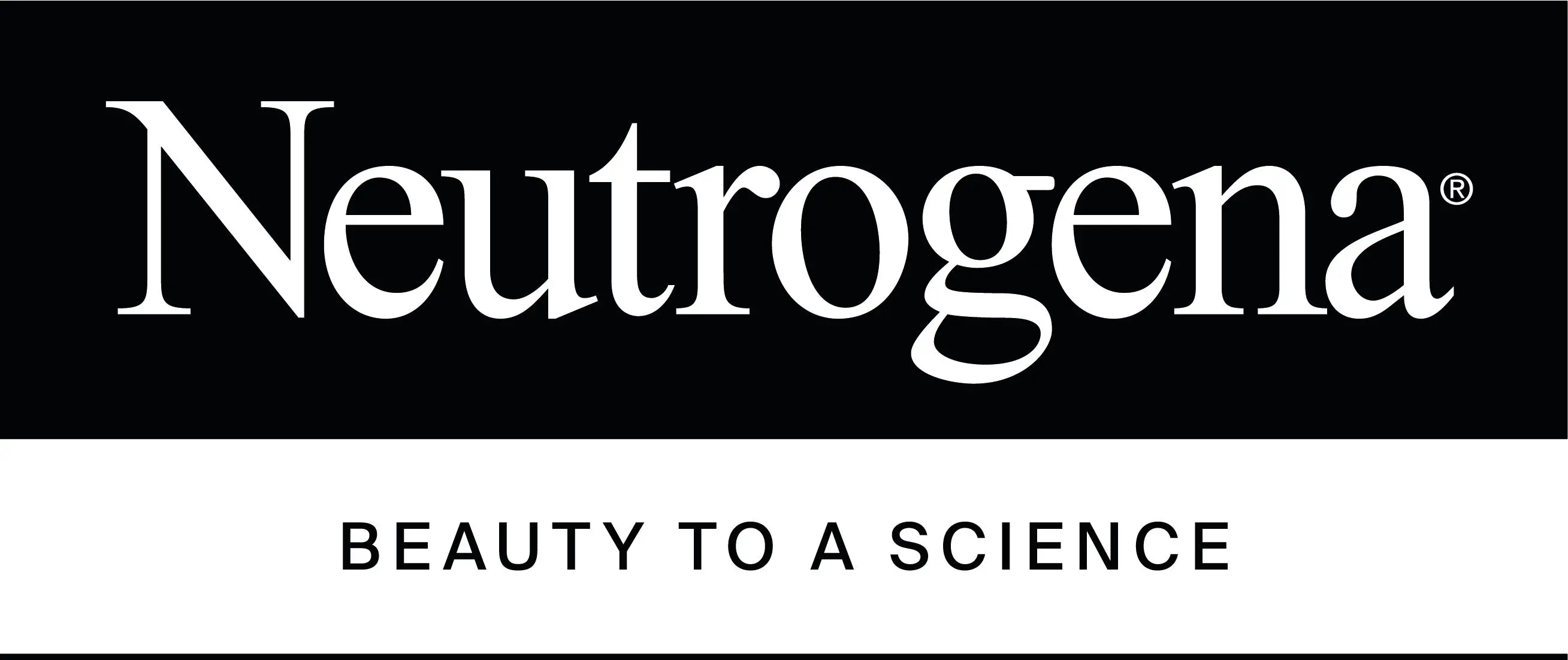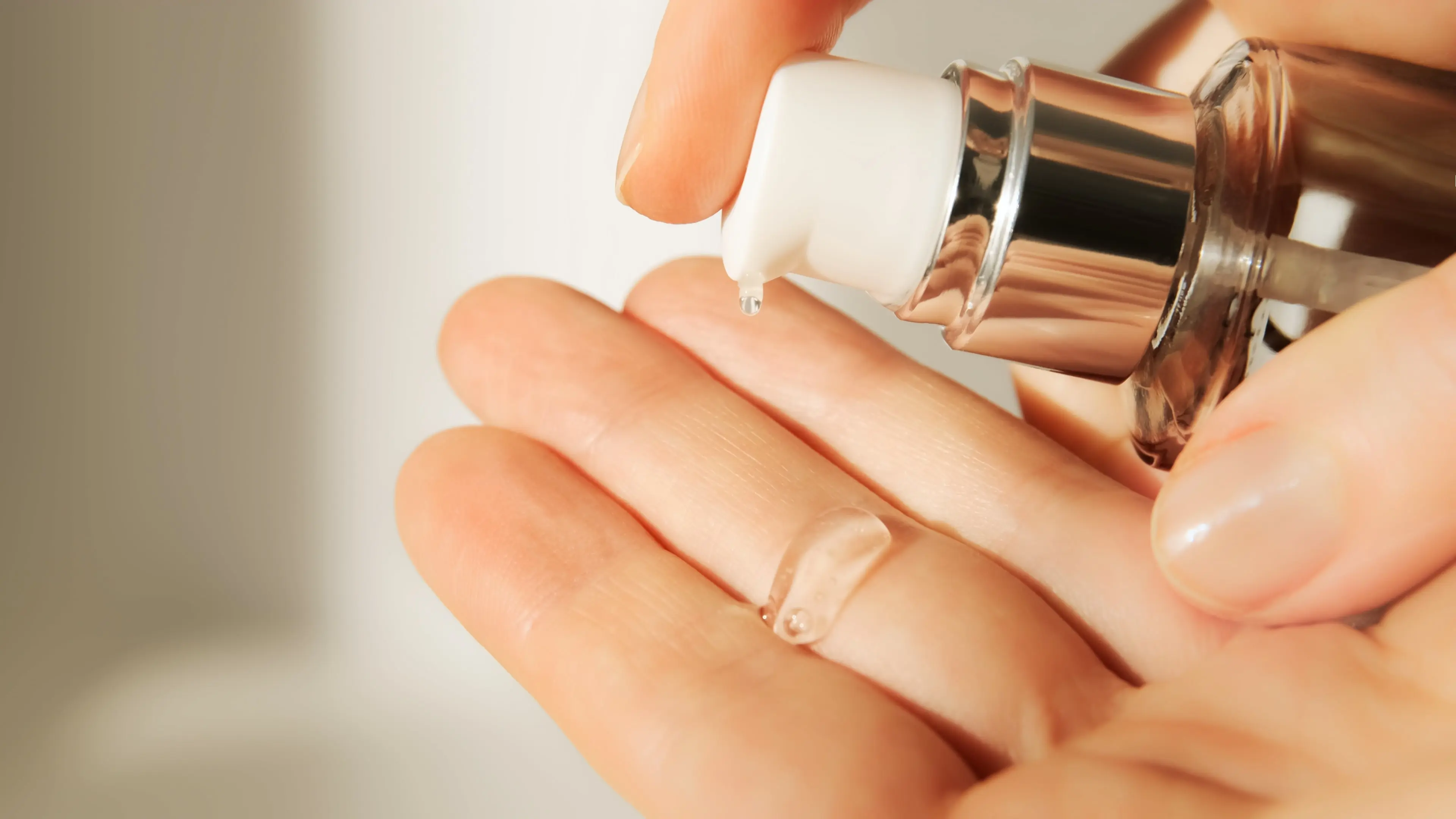No skincare component is more praised for its ability to prevent fine wrinkles and retain a healthy glow other than retinol. Retinol has become a key ingredient in many products, including moisturizers, to help combat aging and maintain your skin’s glow.
What is Retinol?
Retinol is an antioxidant that helps prevent free radical damage, which causes obvious indications of aging. Retinol is a derivative of vitamin A, one of the body's critical nutrients for promoting cell turnover, along with other retinoids, including retinoic acid and retinyl palmitate. In addition to promoting skin regeneration, brightening skin tone, reducing acne, and boosting collagen synthesis, retinol is added to topical skincare products. Retinol is considered a skincare industry gold standard since it removes dull skin, congested pores, and dead skin cells.
Retinol for sensitive skin
Products containing retinol aid in boosting cell renewal, reducing pigmentation and fine wrinkles, and stimulating the creation of collagen in your skin. That being said, is retinol safe for sensitive skin? Yes, retinol is safe to use on sensitive skin. Retinol is effective and relieves even sensitive skin when used properly. If appropriately used, retinol can be utilized by practically everyone.
If your skin is sensitive, introduce retinol gradually into your routine to prevent adverse effects and get the optimum results. Use low-concentration retinol creams to start, and give your skin time to get used to the effects. After that, steadily intensify your focus. Additionally, complement your retinol use with a light moisturizer either before or after a retinol treatment.
Also read to know more on the top 5 benefits of Collagen for Skin, here.
How to start retinol
Applying retinol is best done at night. It is maintained in dark packaging or packaging that blocks all light because it is highly sensitive to light. Apply retinol exclusively at night to prevent needless solar damage on the skin.
With retinol, you need to start slow. Using retinol every night is one of the biggest blunders beginners make when starting out. Here is what you need to do:
Step 1 - Start applying retinol in the evenings twice a week (every three days) to let your skin become used to it.
Step 2 - You can increase it to every other day.
Step 3 - Eventually, if your skin can withstand it, you can use retinol every day.
Keep an eye out on any redness or flakiness with your use of retinol. Those are signs that you would use too much retinol for your skin. In fact, utilizing excessive amounts of retinol is another common error. You really only need a pea-sized amount of retinol to cover your entire face because a little goes a long way! Apply retinol to your neck and décolletage, which are known for aging signs but are often overlooked.
Don’t forget to apply a daily broad-spectrum SPF 30 or higher throughout the day with great diligence when using retinol.
Also read to know more on the top 6 benefits of Retinol, here.
Congrats on making the decision to finally include retinol as part of your skincare regimen. You won’t be regretting this one bit. Retinol exfoliates, lessens aging effects, and also controls acne. Here is how to introduce retinol to the skin and make the most of its use:
Test the product on your skin at a very low concentration of 0.2% or 0.3% before gradually boosting the strength: Start by using it simply twice a week or every other day to gauge how the skin will respond.
Due to its strength, retinol products have the potential to increase skin's sensitivity to the sun. So, only ever use it at night.
While washing your face is a requirement before application, dry your skin before using retinol. Apply in an upward, outward motion beginning at your neck. A very small amount should be sufficient.
Retinol products should never be mixed with acids like AHA or BHA, exfoliants, or scrubs because doing so would increase the strength of the retinol's absorption and the likelihood of skin irritation or sensitivity. A moisturizer works best when using retinol.
Unless you’re using a specifically-formulated retinol eye cream – like Neutrogena Cellular Boost Rejuvenating Eye Cream – avoid particularly sensitive areas such as around the eyes, nose or the mouth.
Also read to know more on Alpha Hydroxy Acid vs Beta Hydroxy Acid: What are the differences in AHA and BHA, here.
When to start using retinol
Retinol has traditionally been best introduced into a face care routine around the age of 30, but many women are starting earlier due to concerns about sun spots or simply because they want to get a head start and take advantage of the newest technologies. It's a good idea to start utilizing retinol in your mid-20s.
In conclusion, just like with other wonderful things in life, retinol is not an overnight fix. You would need to be patient for you start noticing any results. Do not worry though, the wait will be worthwhile in the end if you use retinol consistently and as instructed. No matter how old you are, adding retinol to your skin care routine will be one of the best investments to your skin!

